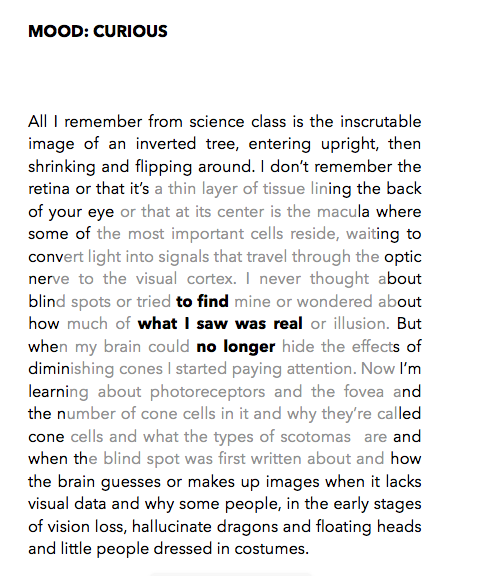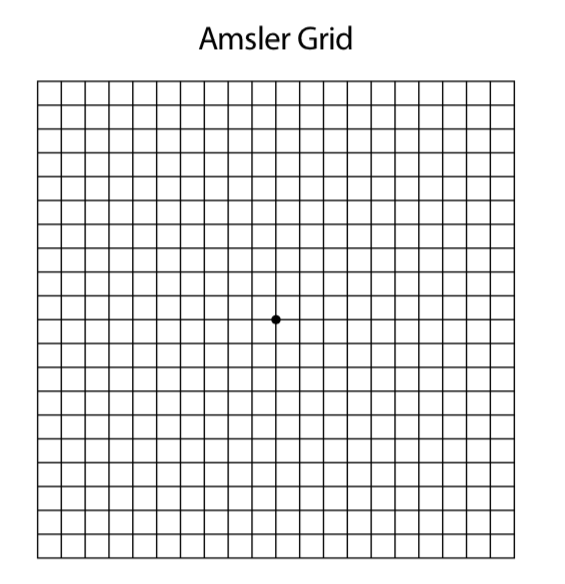2.5 miles
two trails
59 degrees
For some dumb reason, I thought that running a bit later (almost noon) when it was very windy (20+ mph) would result in less crowded paths. I even thought the lower trail would be empty. I was very wrong. I probably encountered the most people I ever have today. I got much closer than 6 feet several times and had to call out “excuse me.” Oh well. If I ever consider running on the Winchell trail again, I will have to make sure and wear a mask the entire time. The river road trail was crowded too. I did a lot of weaving. I’m pretty sure I had a few ridiculous performances, weaving out into the road to avoid people, then quickly stopping to tie my shoe, then starting up again, trying to avoid having to pass the walker I had just passed again.
It was beautiful down there on the Winchell Trail, below the road, with so many leaves swirling around and glowing and painting the trees in reds, yellows, oranges. And, o the river! Such a bright blue in the sun. And no thick leaves to block my view!
a moment to remember
Turning down at the 44th street parking lot to run on the Winchell Trail, two bikers were walking their bikes up the hill, framed by a few bright yellow trees and the wide, blue river. Suddenly a gust of wind caught them by surprise and one of the women yelled out, “Whoop!” –or “whoa” or something like that. I think I like “whoop” the best. One day, maybe I’ll manage to fit this moment into a poem.
Speaking of poems, I finished my fourth mood ring poem: Loneliness. It’s the first of my poems about my darker moods. These are harder for me to write because my inclination is not to dwell in the bad feelings. I am wondering if it is too dramatic in its darkness? The poem is inspired by Ada Limón’s “Instructions on Not Giving Up” and uses her first two sentences as a guide. (“More than the fuchsia funnels breaking out of the crabapple tree, more than the neighbor’s almost obscene display of cherry blossoms shoving their cotton-candy colored limbs to the slate sky of Spring rains, it is the greening of the trees that really gets to me. When the shock of white and taffy, the world’s baubles and trinkets, leaves the pavement strewn with the confetti of aftermath, the leaves come.”
MOOD: LONELINESS
More than the distorted letters that shift on the page, more than the bikes that appear without warning, it is the faded faces that really get to me. When the light is too bright, or not quite the right kind of light, or not bright enough, the features leave. Sometimes the outline of a nose, a mouth, ears, freckles remain, but the eyes, almost always, are dead. Lifeless. Lacking a spark. The pupils looking like black ballbearings. Othertimes, all that’s there is a dark blob, perched on the shoulders of my son, my daughter, my husband, a friend I have known for years. Aiming my eyes at a shoulder, I might catch a quick flash of an iris through my periphery. Mostly I rely on memory and recall the face I used to see. Imagine the flare of a nostril, the raising of an eyebrow. Wish for the reassurance that I am not alone, that someone else is here. Alien and alienating, an uncanny valley begins to form between me and and the rest of the world.
I’m still trying to figure out how to incorporate the rings–my ring scotoma–into or onto the poem. In theory, I’d love to do some poems within poems, but I’m not sure if it works. I’ll keep playing around with it. Now it’s time to work on some other dark moods: frustration, fatigue, feeling useless and old. I can’t remember if I wrote about this the other day, but I am struck by a mood I don’t have: anger (or rage). I am not angry about my failing vision. Is this because I had been living with it for so long, not knowing what it was, or even that anything was actually wrong with me–I blamed a weak will for any problems I seemed to have–and I was overwhelmingly relieved to finally know what it was?
Almost forgot to mention, but how could I?
Judith C. Puotinen: March 5th, 1942- September 30th, 2009
11 years ago today my mom died.

